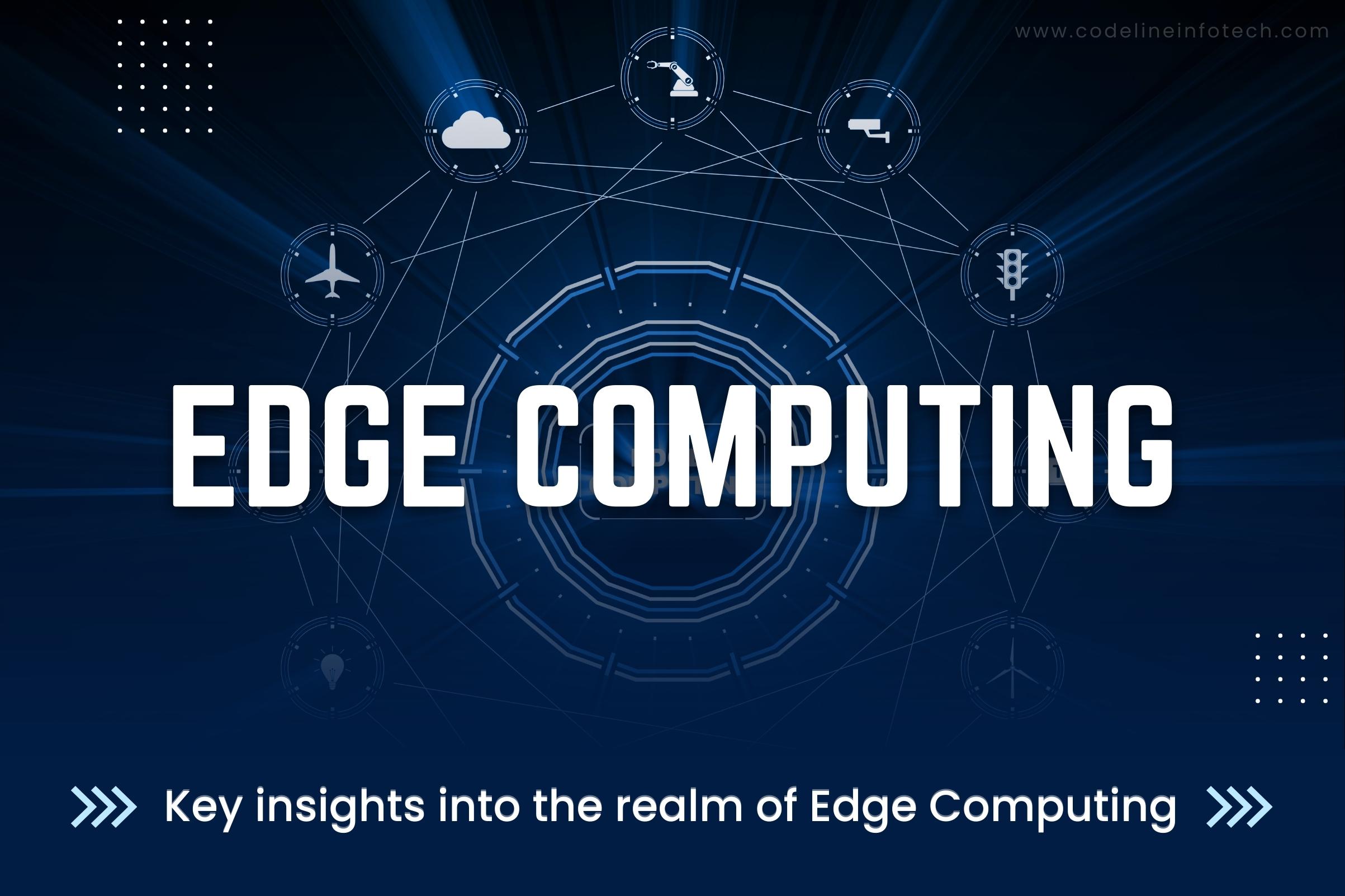BlogRead Our Latest Project

WEB 2.0 vs WEB 3.0
What is web 2.0?
Web 2.0 is a term that became popular in 2004 after a conference organized by Tim O'Reilly and Dale Dougherty. It means websites that focus on what users create, how easy they are to use, and how well they work with other websites.
Web 2.0 is sometimes called the "participative social web" because it encourages people to interact and collaborate with each other. This new version of the web also allows for better communication between users in online communities.
Many people think Web 2.0 is an improvement over the old way of doing things on the web, known as Web 1.0.
Five Major Features of Web 2.0:
-
Free sorting of information, permits users to retrieve and classify the information collectively.
-
Dynamic content that is responsive to user input.
-
Information flows between the site owner and site users using evaluation & online commenting.
-
Developed APIs to allow self-usage, such as by a software application.
-
Web access leads to concerns different, from the traditional Internet user base to a wider variety of users
Usage of Web 2.0:
The social Web contains several online tools and platforms where people share their perspectives, opinions, thoughts, and experiences.
Web 2.0 applications tend to interact much more with the end user. As such, the end-user is not only a user of the application but also a participant in these 8 tools mentioned below:
-
1. Podcasting
-
2. Blogging
-
3. Tagging
-
4. Curating with RSS
-
5. Social bookmarking
-
6. Social networking
-
7. Social media
-
8. Web content voting
What is Web 3.0?
Web 3.0, also known as the decentralized web, is the next stage in the evolution of the World Wide Web. It is characterized by the development of decentralized applications (DApps) and the use of blockchain technology to create a more open, transparent, and decentralized internet.
In the Web 3.0 era, the internet is designed to be more intelligent and personalized, where data is stored on decentralized networks that are not controlled by any single entity. This allows for more secure and private transactions, as well as greater user control over their data and online identities.
Main features That can Help us Define Web 3.0:
-
Semantic Web: The succeeding evolution of the Web involves the Semantic Web. The semantic web improves web technologies in demand to create, share and connect content through search and analysis based on the capability to comprehend the meaning of words, rather than on keywords or numbers.
-
Artificial Intelligence: Combining this capability with natural language processing, in Web 3.0, computers can distinguish information like humans to provide faster and more relevant results.
-
3D Graphics: The three-dimensional design is being used widely in websites and services in Web 3.0. Museum guides, computer games, e-commerce, geospatial contexts, etc. are all examples that use 3D graphics.
-
Connectivity: With Web 3.0, information is more connected thanks to semantic metadata. As a result, the user experience evolves to another level of connectivity that leverages all the available information.
-
Ubiquity: Content is accessible by multiple applications, every device is connected to the web, and the services can be used everywhere.
Usage of Web 3.0:
Web 3.0 has the potential to transform a wide range of industries and sectors by enabling new decentralized applications and services. Some potential use cases of Web 3.0 include:
-
1. Decentralized finance (DeFi)
-
2. Supply chain management
-
3. Healthcare
-
4. Gaming
-
5. Social Media
-
6. Identity Verification
Overall, Web 3.0 represents a major shift from the current centralized model of the internet, where large corporations control much of the online ecosystem, to a more decentralized and democratic one, where individuals have greater control over their online presence and data.
In summary, while Web 2.0 focuses on user-generated content and collaboration, Web 3.0 aims to make the web more intelligent and automated, enabling machines to understand and use information in a more sophisticated way.







